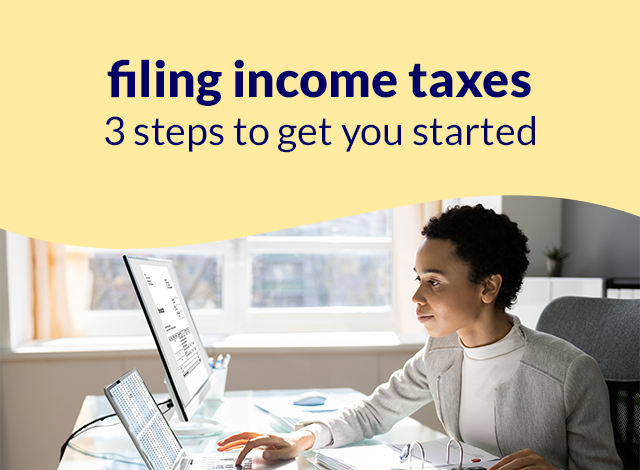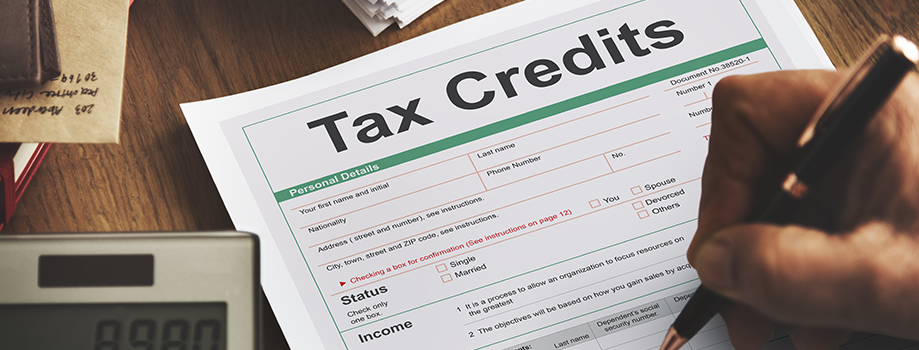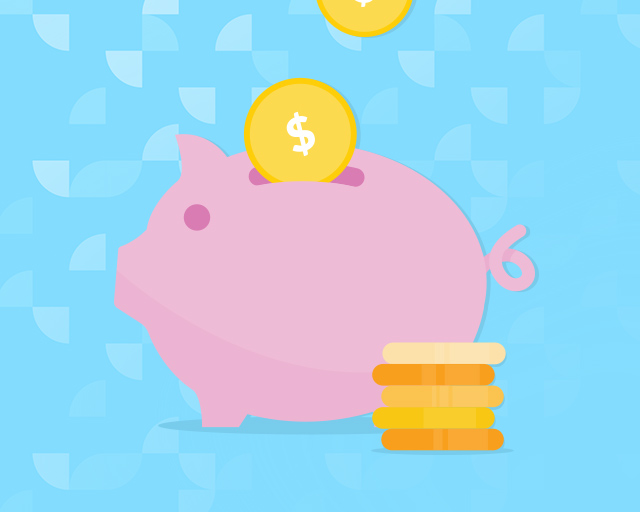

It’s the time of year when millions of Americans think about… taxes. Filing your income tax return might not be an easy task, but doing it early is worthwhile, especially if you expect a refund.
Before you file your federal income tax return, it’s important to plan and prepare. Here are 3 steps you can take to help tax season go smoothly.

step 1. learn about tax credits
Before you file, see if you qualify for tax credits. A tax credit can be applied against the amount of income tax you owe to reduce your overall tax bill. Here are a few tax credits to check out.
Earned Income Tax Credit
If your income is low to moderate, you might qualify for the Earned Income Tax Credit (EITC). The amount of credit you earn will vary based on your income, number of children and other factors.1
The EITC is a refundable tax credit. That means if the credit reduces the taxes you owe to under $0, you’ll get a refund for the remaining credit amount. For example, if your tax bill is $1,200 and your credit amount is $2,000, the remaining $800 will be refunded to you.2
The IRS has more information on the Earned Income Tax Credit: https://www.irs.gov/credits-deductions/individuals/earned-income-tax-credit-eitc
Child Tax Credit
The Child Tax Credit (CTC) is another refundable credit. If you’re eligible for the CTC, you can earn a tax credit for every qualifying child under age 17 listed on your tax return.3
Some benefits of the Child Tax Credit added as part of the American Rescue Plan Act of 2021 have expired. The per child credit has returned to its pre-pandemic amount and you won’t get advance payments.4 But you can still save on your tax bill if you qualify.4
Learn more about the Child Tax Credit: https://www.irs.gov/credits-deductions/individuals/child-tax-credit
Child and Dependent Care Tax Credit
If you are paying for care of a child or dependent (daycare, for example), you might qualify for the Child and Dependent Care Tax Credit (CDCTC). You could earn this nonrefundable credit if you pay for care while working or going to school.3
Find out if you qualify for the Child and Dependent Care Tax Credit here: https://www.irs.gov/taxtopics/tc602
Lifetime Learning Credit and American Opportunity Tax Credit
Higher education expenses may qualify for one of two tax credits.5
The Lifetime Learning Credit (LLC) helps eligible students offset tuition costs for undergraduate and graduate education, or even for courses to learn job skills.6
The American Opportunity Tax Credit (AOTC) is available to eligible students through the first 4 years of study at a qualified college, university or vocational school.7
You can read more about higher education tax credits here: https://www.irs.gov/newsroom/two-tax-credits-that-can-help-cover-the-cost-of-higher-education

step 2. find where to get help
Even if your taxes aren’t complicated, it’s good to know where to go if you need help.
The IRS website has loads of information and advice about filing taxes. Here’s a link to get you started: https://www.irs.gov/individuals
If you need more help, the Volunteer Income Tax Assistance (VITA) and Tax Counseling for the Elderly (TCE) programs can connect you with tax-preparation volunteers in your community. Volunteers are IRS certified and offer free help with preparing federal income taxes to those who qualify.8
Learn more about programs and locations: https://www.irs.gov/individuals/free-tax-return-preparation-for-qualifying-taxpayers
Are you filing your taxes online? You may qualify for the IRS Free File Program. This joint effort between the IRS and tax software companies offers free online tax preparation and filing to eligible taxpayers. Read more here: https://www.irs.gov/filing/free-file-do-your-federal-taxes-for-free

step 3. plan how to use your refund
If you’ve filed your taxes and have a refund coming – congrats! Before the check arrives, it’s helpful to have a plan for how you’ll use the money. Here are some ideas:
start or add to an emergency fund
A rainy-day fund comes in handy when unexpected expenses arise. Consider using all or part of your refund to start or add to an emergency fund. Future You will be glad you did.
pay down existing debt
Paying off debts as quickly as possible is always a good idea. Use your tax refund to make the minimum payments on debts. Even better, pay more than the minimum amount due, if possible.
start or finish a home project
Is there a home-improvement project you’ve been dreaming of? Use all or part of your tax refund to turn the dream into reality.
save, save, save
Whether it’s for a future purchase, retirement or your kids’ college fund, adding your refund to savings is a great way to help reach your financial goals.
Read more about making the most of your refund on our blog: https://blog.fingerhut.com/five-ways-to-make-the-most-of-your-tax-refund/
With your income taxes filed and a possible refund on the way, you’ll be ready to enjoy the rest of the year.
1 https://www.irs.gov/credits-deductions/individuals/earned-income-tax-credit-eitc
2 https://www.experian.com/blogs/ask-experian/refundable-vs-nonrefundable-tax-credits/
3 https://www.irs.gov/credits-deductions/individuals/child-tax-credit
4 https://www.experian.com/blogs/ask-experian/what-is-the-child-tax-credit/
5 https://www.irs.gov/newsroom/two-tax-credits-that-can-help-cover-the-cost-of-higher-education
6 https://www.irs.gov/credits-deductions/individuals/llc
7 https://www.irs.gov/credits-deductions/individuals/aotc
8 https://www.irs.gov/individuals/free-tax-return-preparation-for-qualifying-taxpayers









